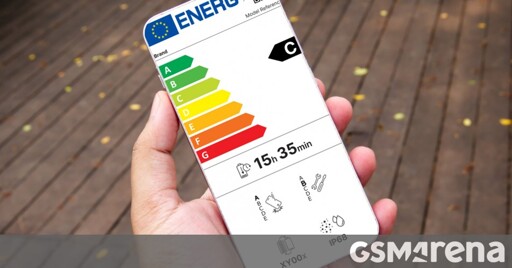Stuff like WiFi hardware and the configuration of how 2.4 GHz switches to 5.8 GHz along with how the carrier is configured to use WiFi and your firewall all play a major part in battery life.
Graphene has been messing with the 2.4 to 5.8 transition a lot recently in updates. I haven’t looked at the actual source but just noticing how well my network connects and stays connected, along with how that changes with each webview/vanadium update points at this being the case. My battery life varies a lot as a result. I’m probably an odd edge case as I live in a super dense area for WiFi and just use 5.8 GHz only as it is less of an issue. When the signal strength is not ideal, there is some code that blocks the 5.8 band periodically, probably assuming that there must be a 2.4 GHz band available. The frequency that this drop and block happens has changed and my phone goes from a solid 2 day battery life with rather poor connectivity across the house to 1 day of battery life (into the red) but great connectivity. I have almost no apps and nothing that has background internet permissions. I have nothing from Google. Almost everything I do is done in Vanadium, I restart regularly, and sit behind a whitelist DNS filter on a separate device. So I have about the best real world test case possible for what is actually draining the battery.
Considering manufacturers will all have to use the same software it might still be useful info to compare different models and different brands, because a similar amount of mAh doesn’t necessarily result in a similar battery life.
It is not really that simple, under the surface the hardware is proprietary and different. It would be impossible to verify how this is being manipulated in testing unless the full hardware documentation was made available. That would reveal all the stollen IP and illegal nonsense happening on all mobile devices and bankrupt these criminal organizations making hardware. Plus we would fully own what we pay for and be able to support it indefinitely in the mainline Linux kernel, taking away the power to steal from everyone in the world by manipulative proprietary orphan kernels.
If anyone in the EU had sense, they would require all hardware sold to be publicly transparent and fully documented. That is the only way to save democracy in the biggest of pictures. There is no room for bowdlerization of information in democracy albeit from a source bottleneck, or middle person filtering or holding the potential to filter. Trust is for ideologues and fools. Citizens are required to be skeptical and fully informed for democracy to work. No one has a right to mask and obfuscate communication and the flow of information but that is what proprietary hardware creates. The level of exploitation is irrelevant to the nominalized potential.
Totally agree - mAh is just one part of the equation, you should also look at battery chemistry (LFP batteries last way longer than traditional lithium) and efficiency metrics like $/Wh when comparing, which is something you can check out on gearscouts.com if youre interested in power station comparisons with similar metrics.





